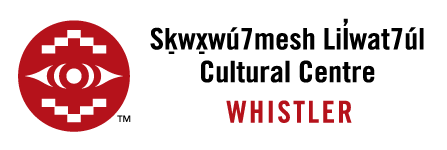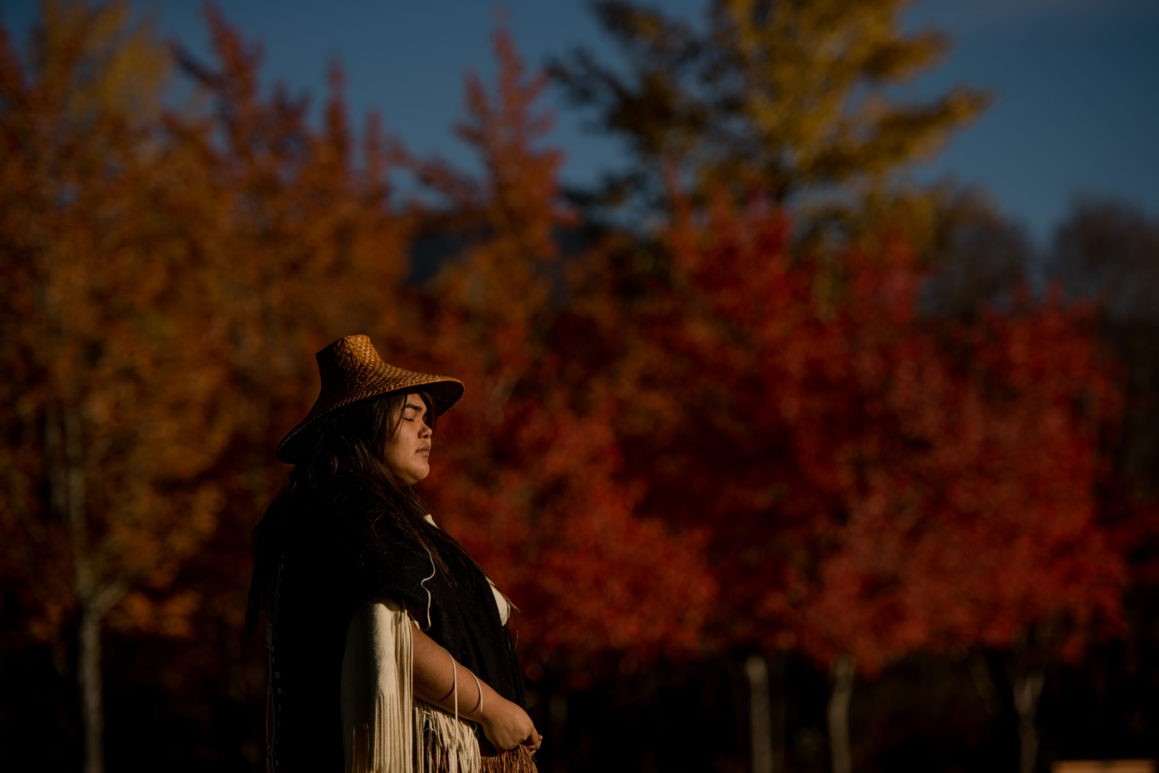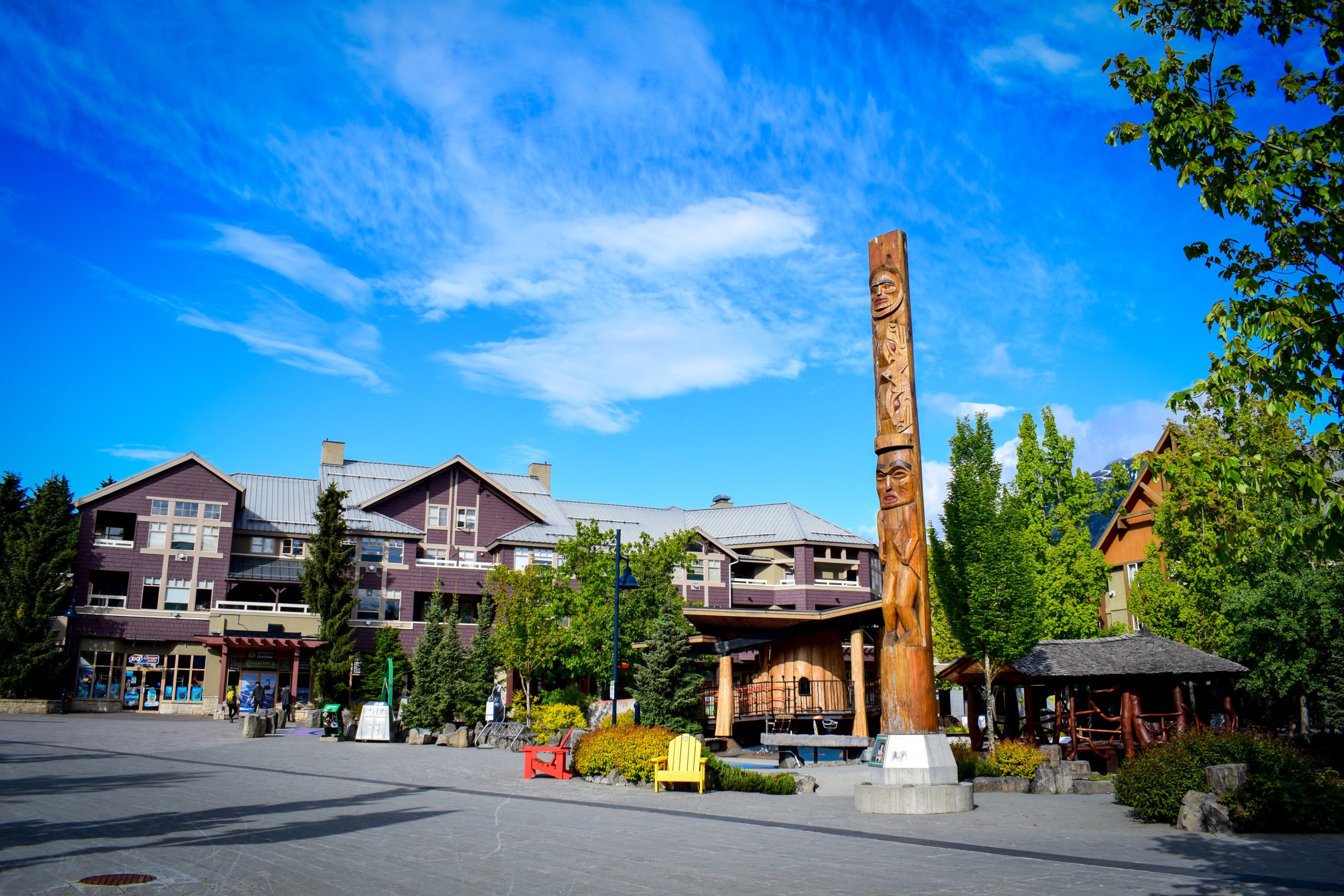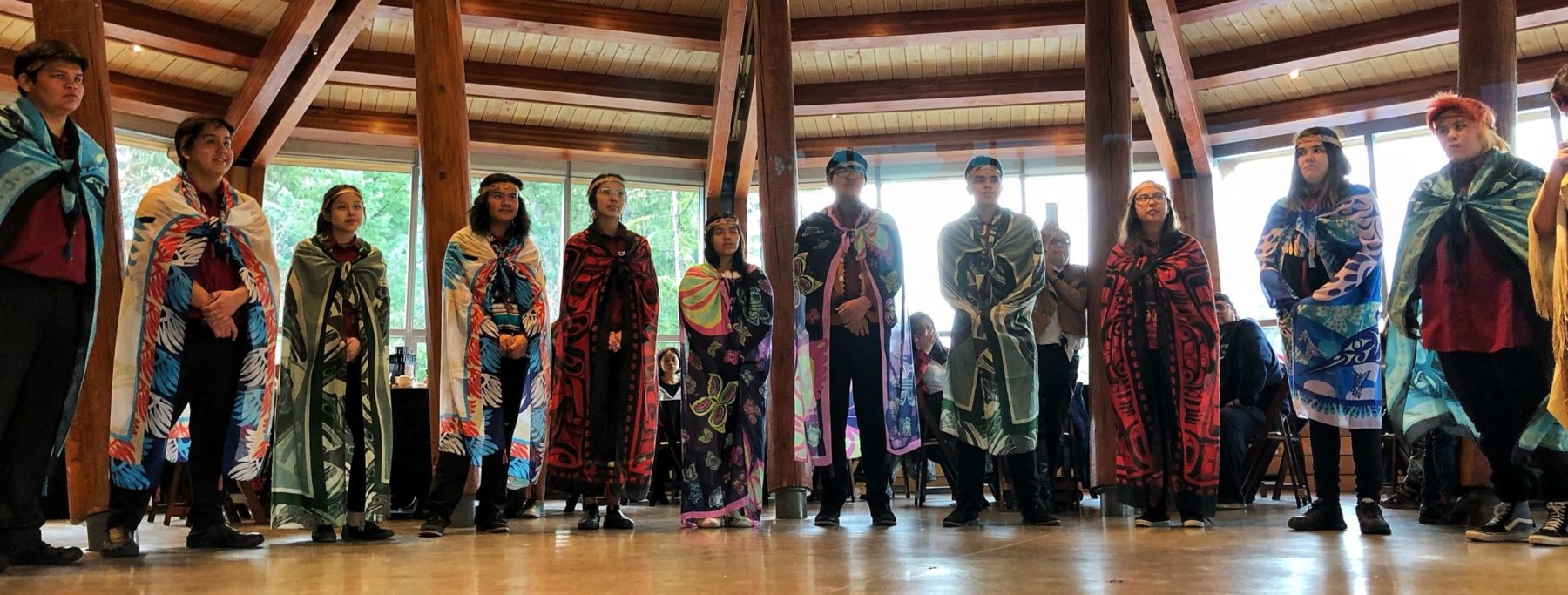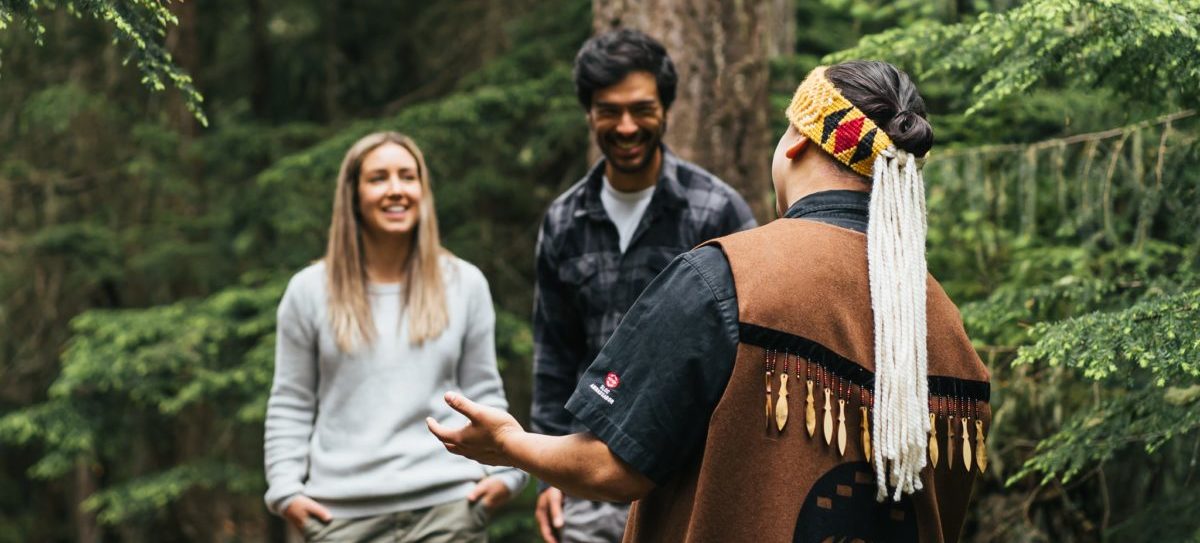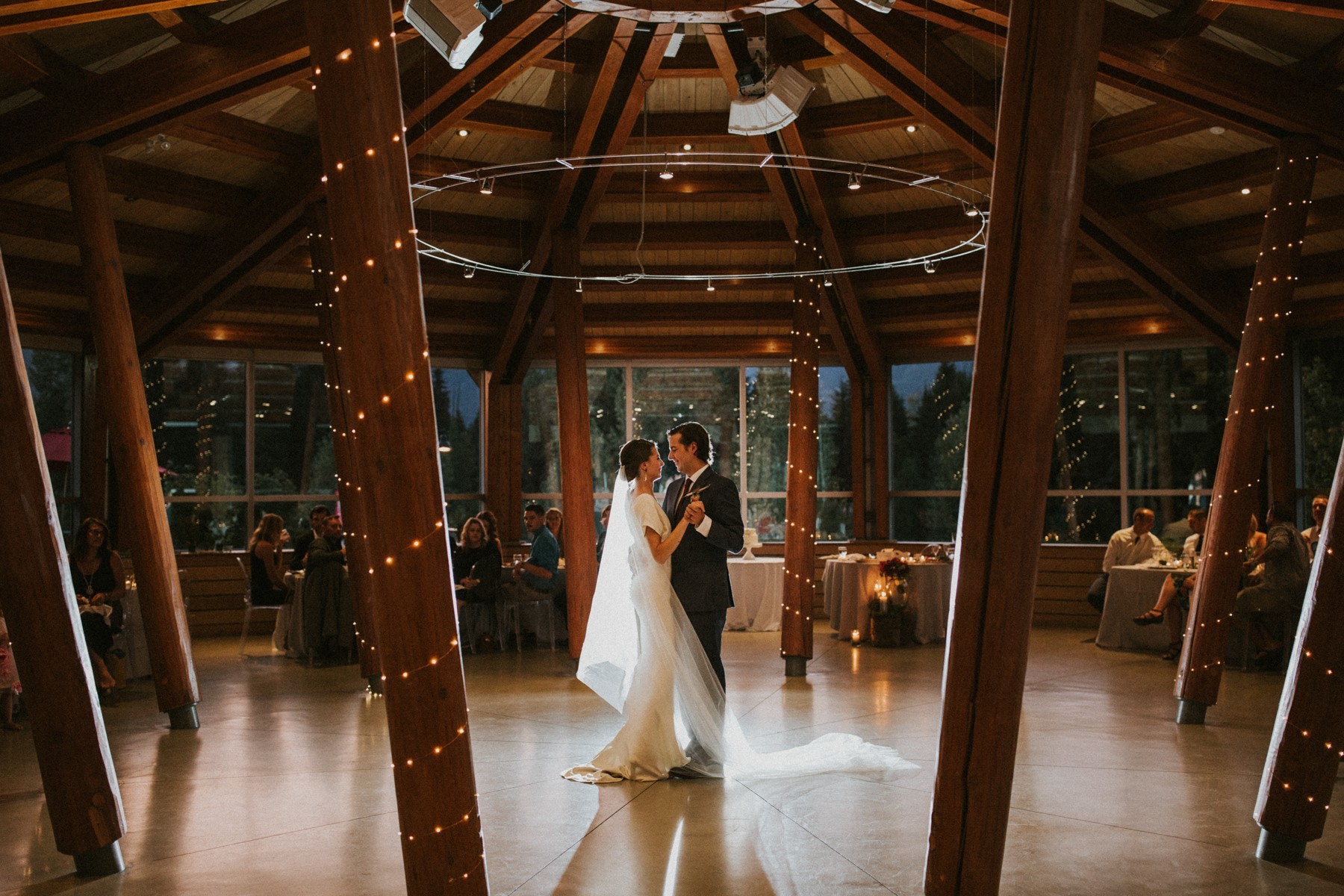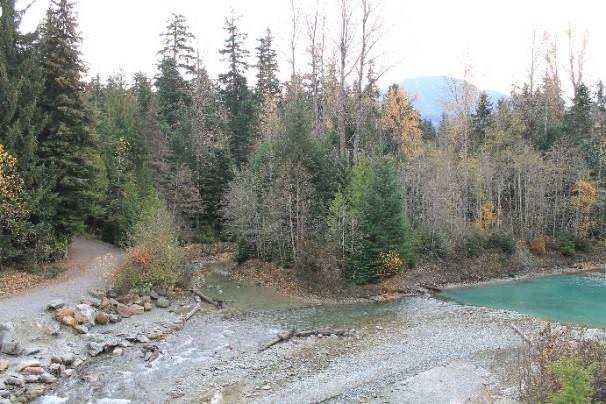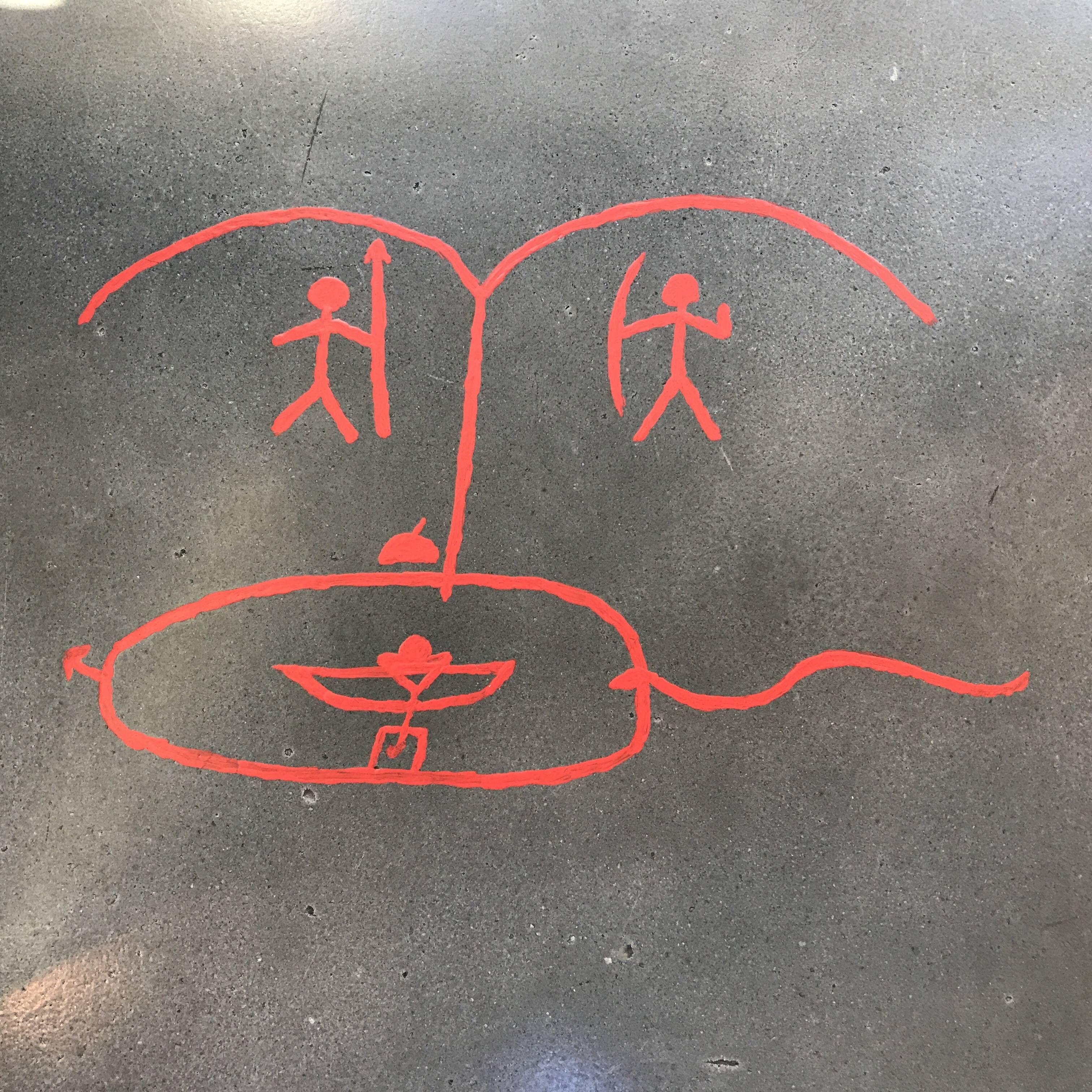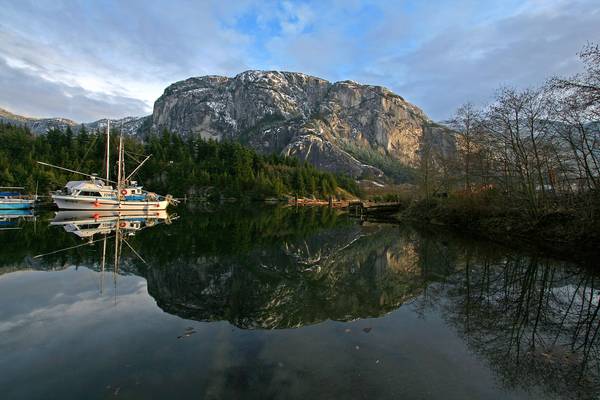SLCC Ambassadors and our People mourn for the 215 children discovered on Tk’emlúps te Secwépemc First Nation, at the site of the former Kamloops Residential School
Many of our families were sent there; some of the remains are our children, relatives and friends. We have been mourning since they began taking our children away. We mourned when they never returned. We asked for them, we searched for them, we never stopped...
